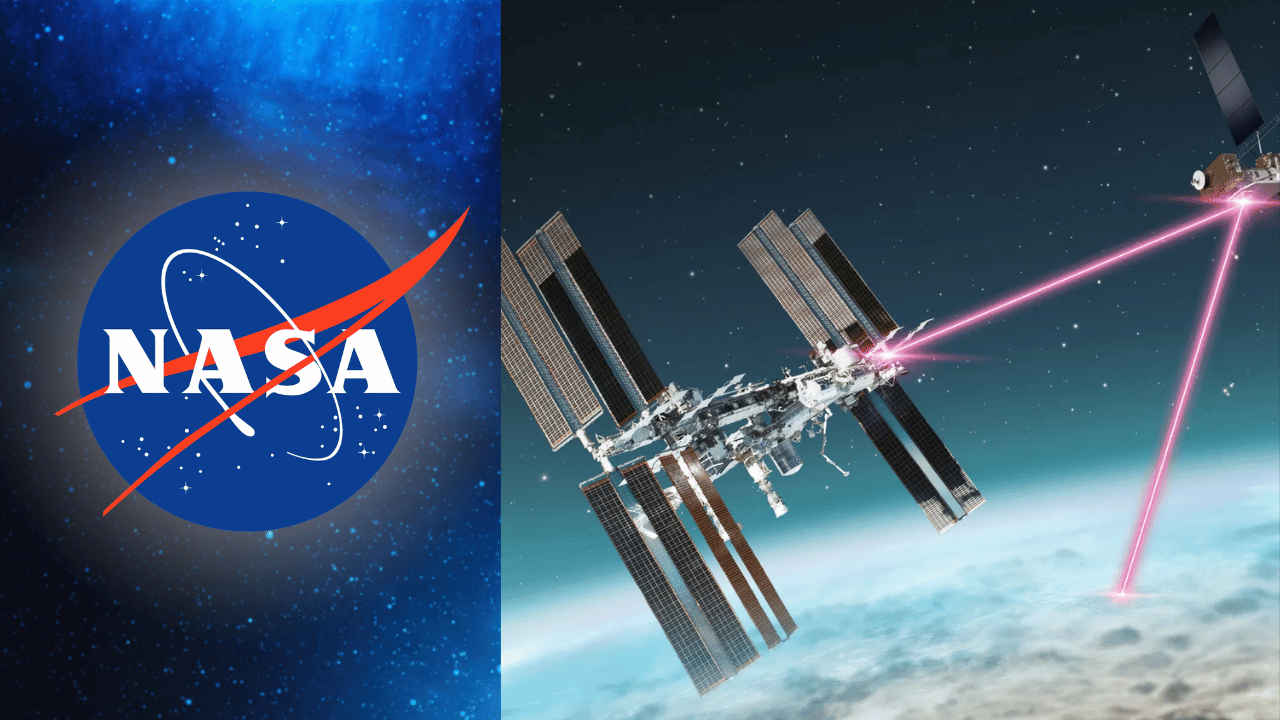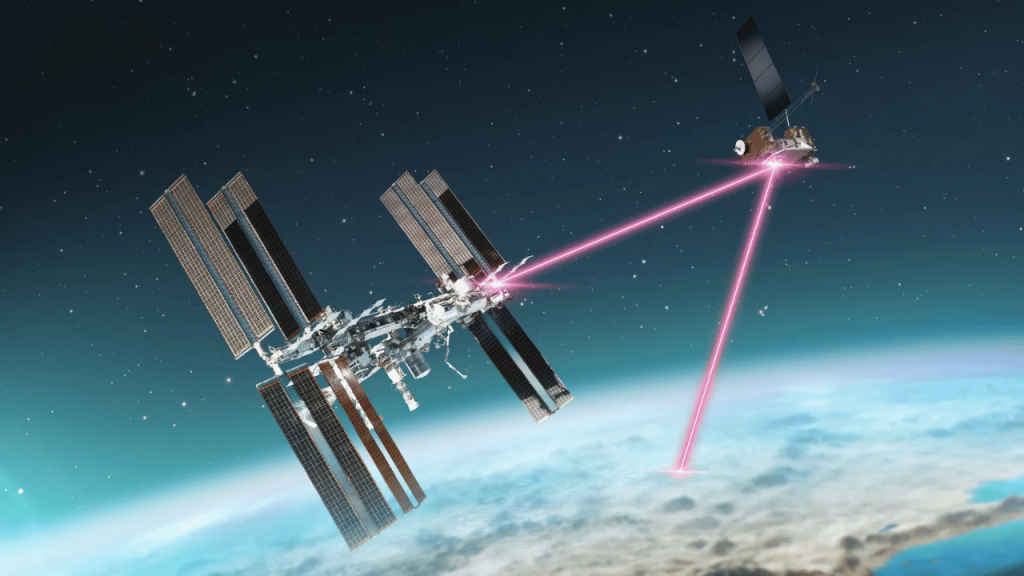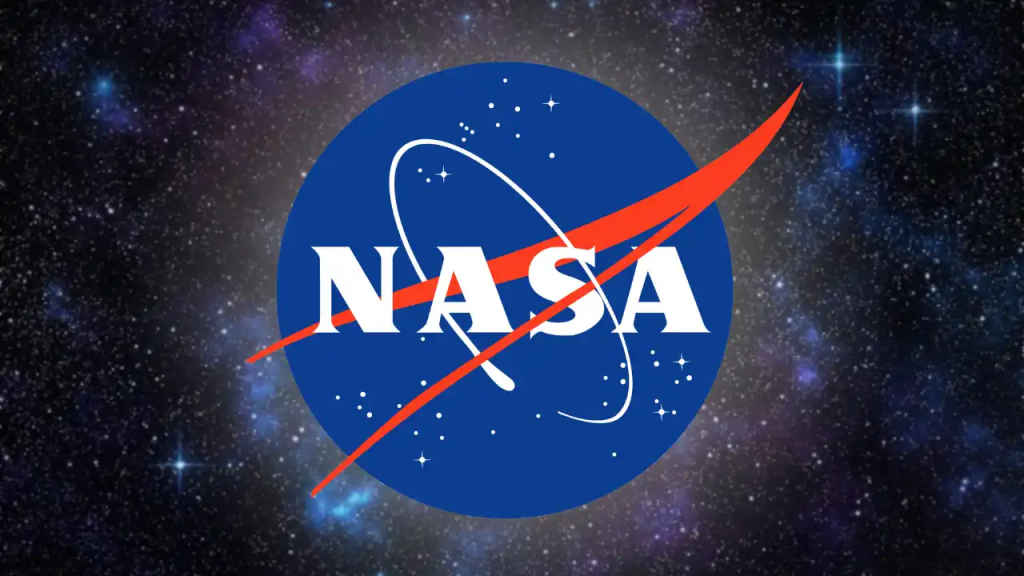NASA streams 4K video from aircraft to ISS for the first time: Details here
For the first time ever, NASA streamed 4K video from an aircraft to the ISS.
For this, NASA used laser or optical communications.
This milestone was achieved by a team at NASA’s Glenn Research Center in Cleveland.

NASA recently made an achievement by streaming 4K video footage from an aircraft to the International Space Station (ISS) and back using laser or optical communications for the first time. This milestone was achieved by a team at NASA’s Glenn Research Center in Cleveland, as part of testing new technology that could provide live video coverage of astronauts on the Moon during the Artemis missions.
 Survey
SurveyTraditionally, NASA has used radio waves for space communications. However, laser communications, which use infrared light, can transmit data 10 to 100 times faster and more efficiently. This innovation could provide live, high-definition video of astronauts on the Moon.
Also read: NASA selects Elon Musk’s SpaceX to provide launch services for JPSS-4 mission: All details here

For the test, Glenn engineers, in collaboration with the Air Force Research Laboratory and NASA’s Small Business Innovation Research program, installed a portable laser terminal on a Pilatus PC-12 aircraft. The aircraft flew over Lake Erie, sending data to an optical ground station in Cleveland. From there, the data travelled via an Earth-based network to NASA’s White Sands Test Facility in New Mexico. From there, it was sent over an Earth-based network to NASA’s White Sands Test Facility in Las Cruces, New Mexico, where scientists used infrared light signals to send the data.
Also read: NASA finds pure sulfur crystals on Mars for the first time

“The signals travelled 22,000 miles away from Earth to NASA’s Laser Communications Relay Demonstration (LCRD), an orbiting experimental platform. The LCRD then relayed the signals to the ILLUMA-T (Integrated LCRD LEO User Modem and Amplifier Terminal) payload mounted on the orbiting laboratory, which then sent data back to Earth. During the experiments, High-Rate Delay Tolerant Networking (HDTN), a new system developed at Glenn, helped the signal penetrate cloud coverage more effectively,” NASA explained.
While the ILLUMA-T payload is no longer installed on the space station, researchers will continue to test 4K video streaming capabilities from the PC-12 aircraft through the remainder of July.
Ayushi Jain
Ayushi works as Chief Copy Editor at Digit, covering everything from breaking tech news to in-depth smartphone reviews. Prior to Digit, she was part of the editorial team at IANS. View Full Profile